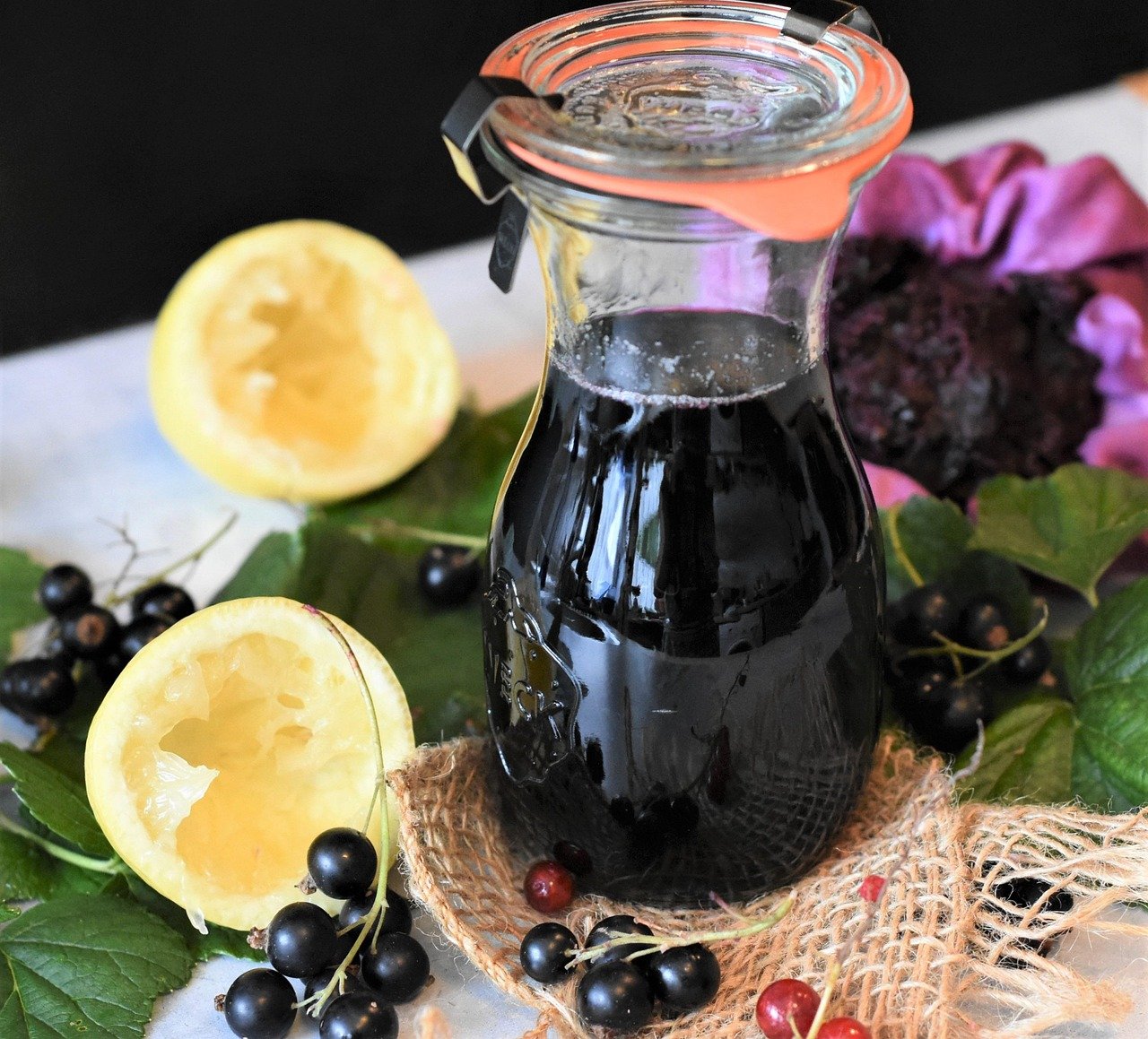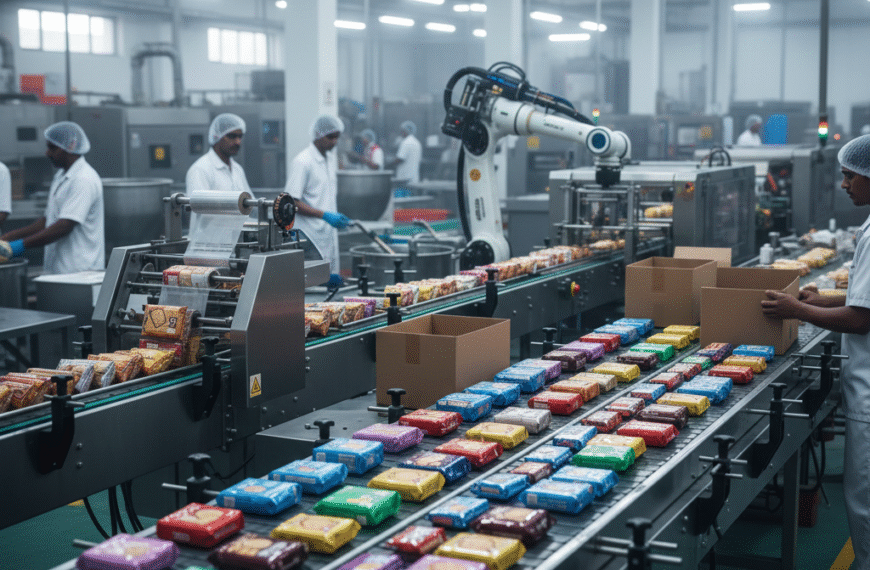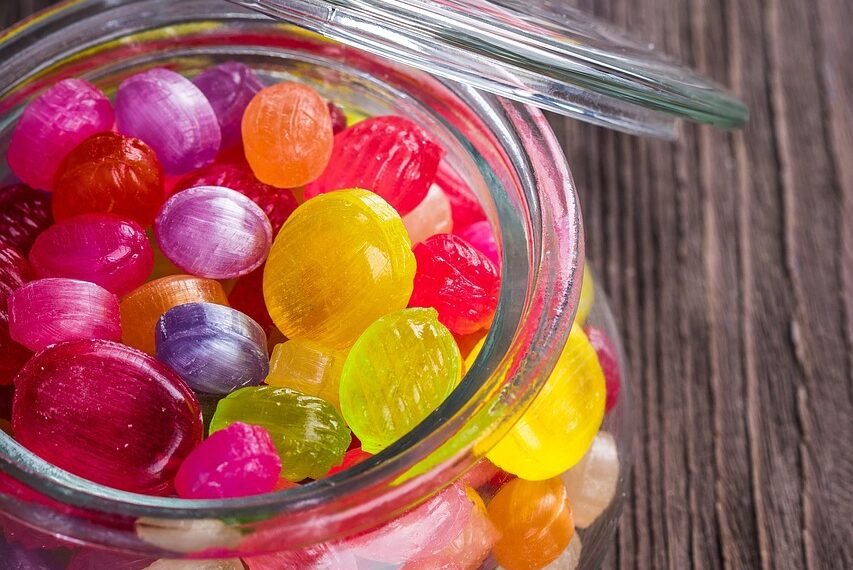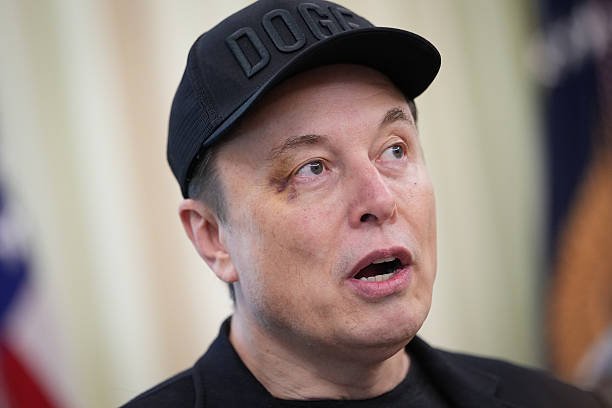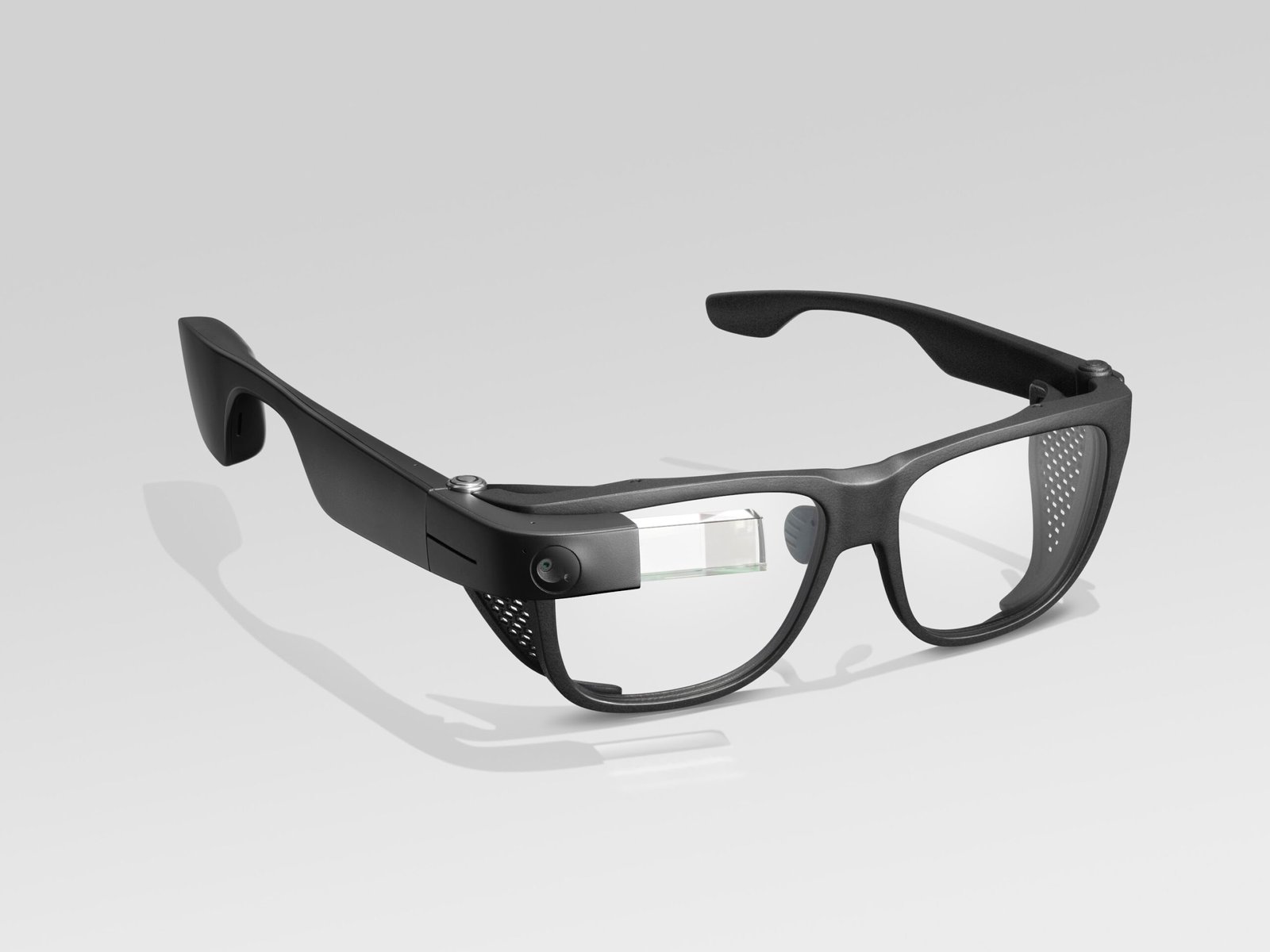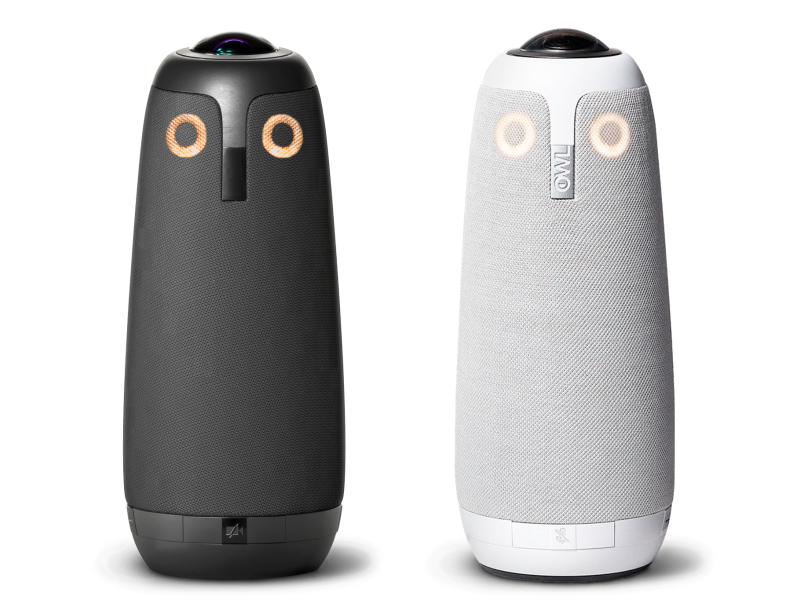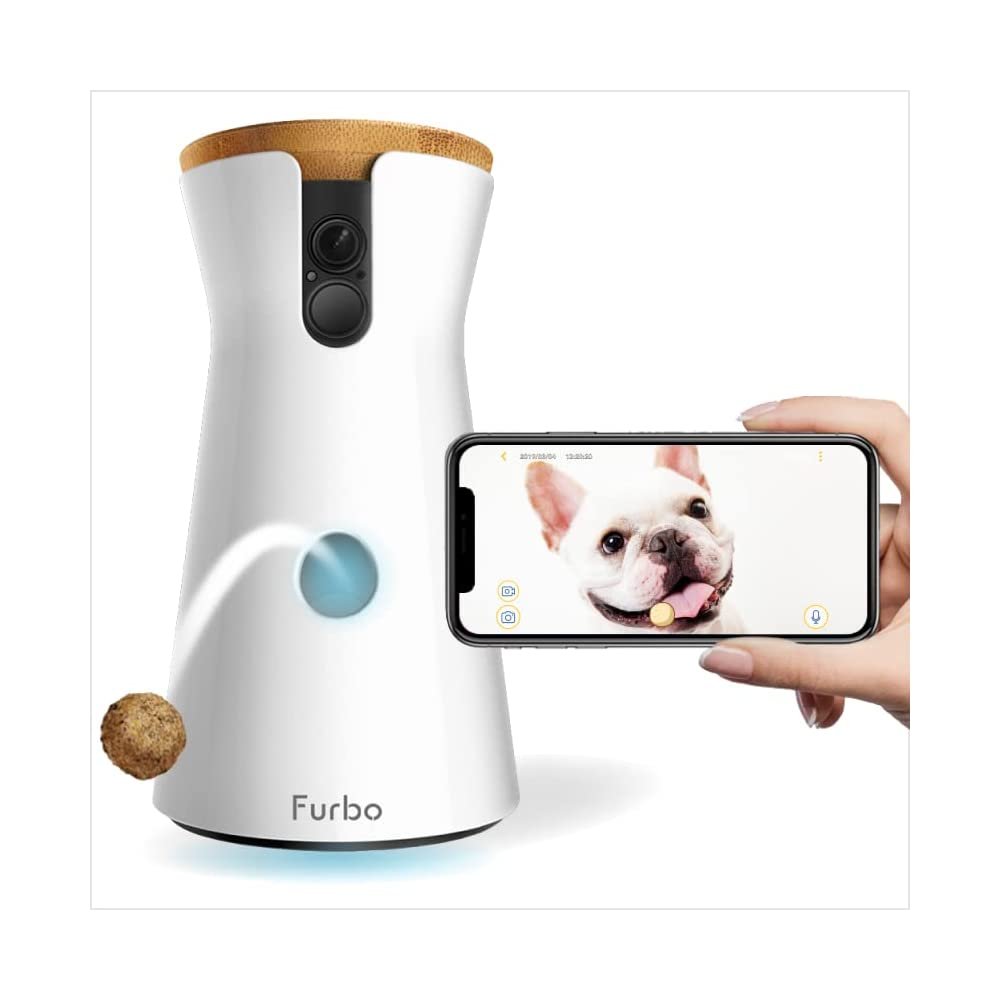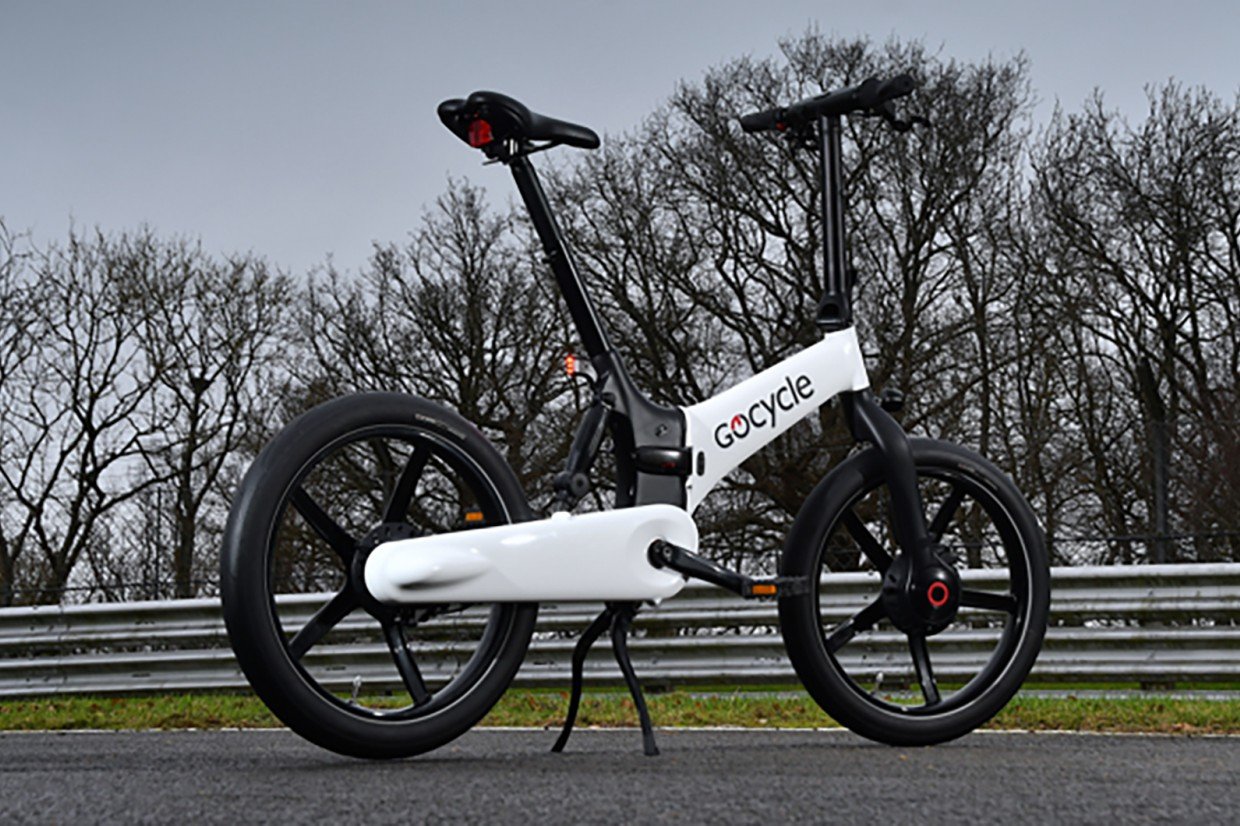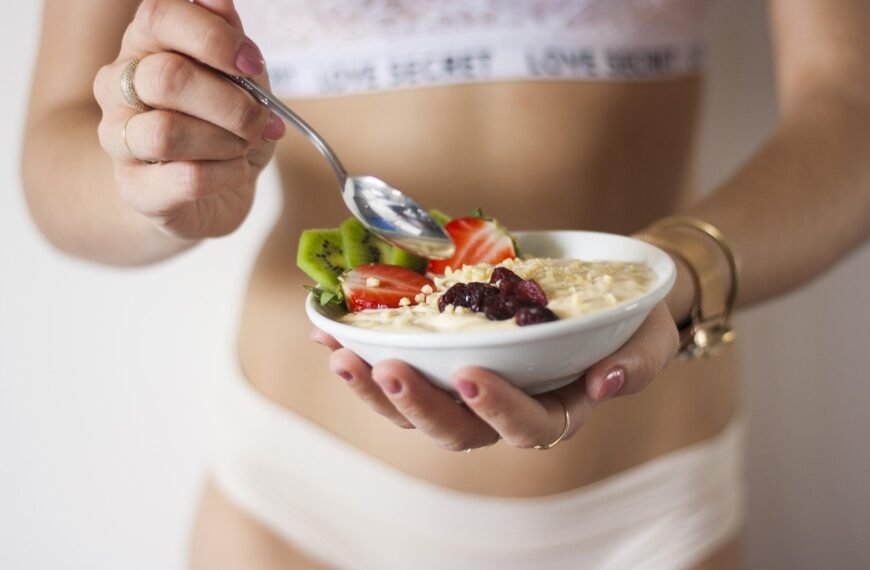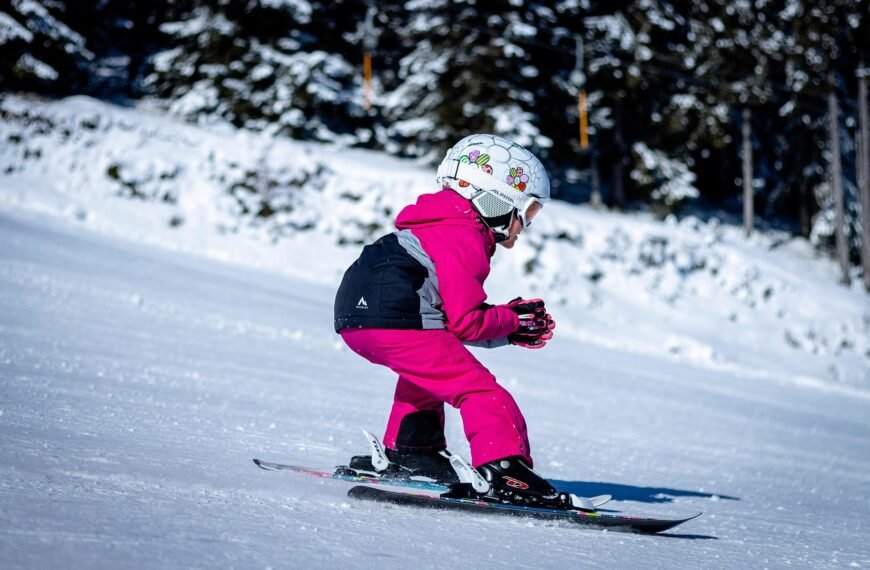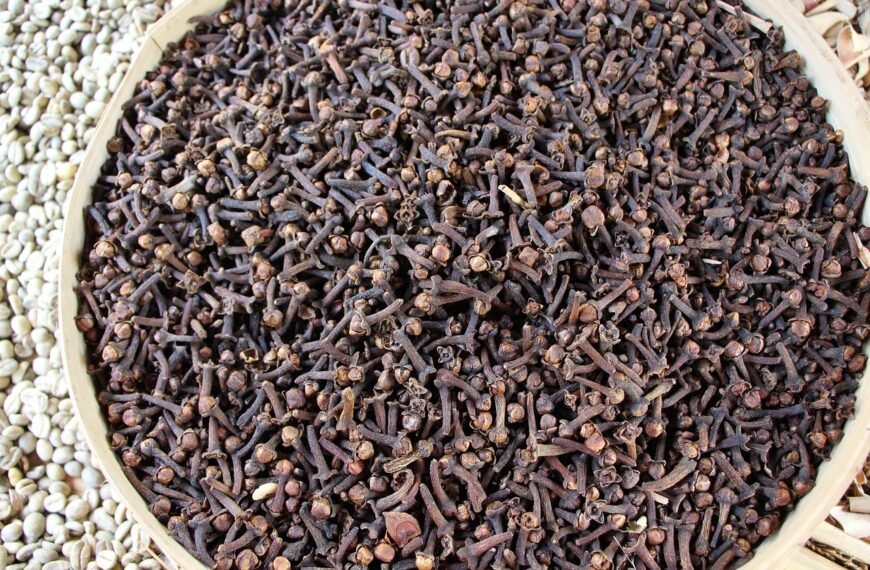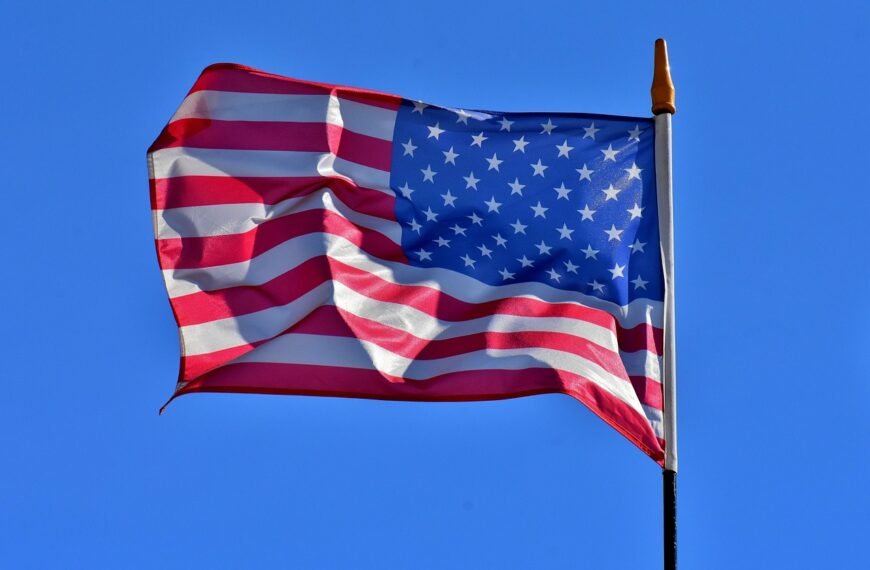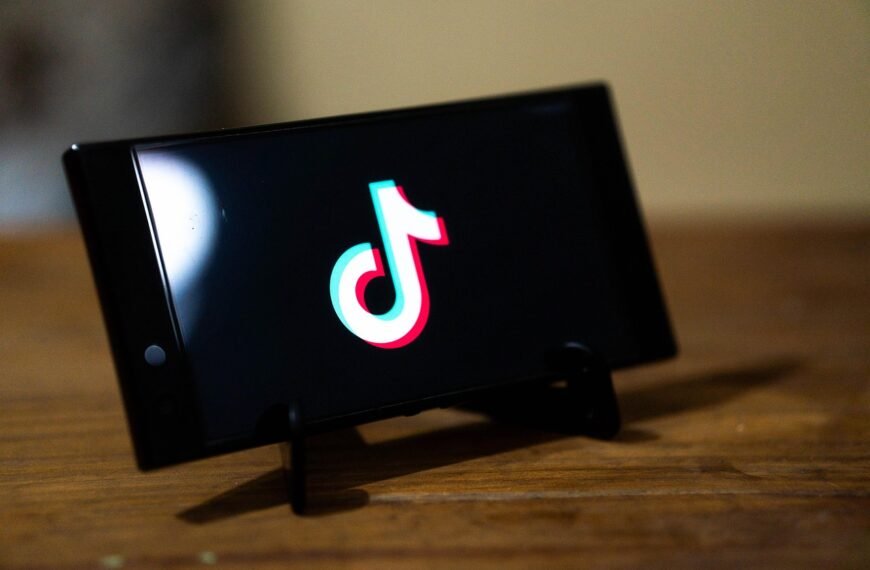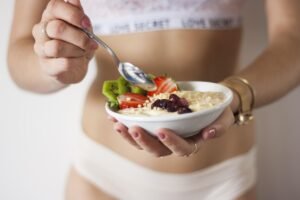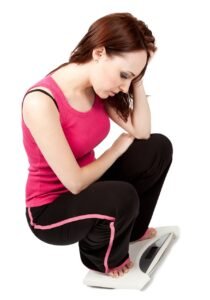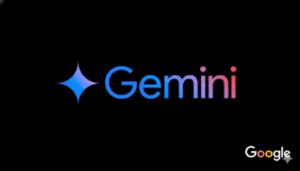Drinking tree sap may not sound like the next big trend, but Canadian producers are hoping to change that. Maple water, the clear liquid extracted from maple trees, is gaining popularity as a natural and refreshing beverage. Unlike maple syrup, which is made by boiling down the sap, maple water contains just 2% natural sugars, giving it a mild sweetness.
A growing number of Canadian companies are now bottling and selling maple water after filtering and pasteurizing it. According to Yannick Leclerc of Maple3, a Quebec-based brand, consumers enjoy the experience of “drinking the wild Canadian forest.” With its natural appeal, producers hope it will compete with coconut water, a well-known hydration drink.
Canada leads the world in maple syrup production, accounting for over 80% of the global supply, with 90% of it coming from Quebec. Given this dominance, it’s no surprise that the emerging maple water industry is also rooted in Canada. Maple3, one of the pioneers in this space, started in 2013 and has since expanded sales to 12 countries, including France, Japan, and South Korea. Today, 75% of its sales come from international markets, offering both still and sparkling versions, including fruit-flavored varieties.
Industry reports predict significant growth for maple water. In 2024, global sales are estimated at $506 million, with projections reaching $2.6 billion by 2033. While coconut water sales hit $7.7 billion in 2023, maple water still has room to grow. Meanwhile, the maple syrup market was valued at $1.7 billion last year.
Health experts link maple water’s rising demand to its natural antioxidant content. Beth Czerwony, a dietitian from Cleveland Clinic, suggests that maple water could aid workout recovery. However, a 2019 study found it does not offer superior hydration compared to regular water.
For maple water to become mainstream, industry experts believe it needs strong backing from major beverage companies. Jeremy Kinsella, owner of The Soda Pop Bros in Ontario, believes the current price point is a barrier. “If people have a choice between a $1 soda and a $3 maple water, they may try it once but stick with soda,” he says.
To boost appeal, some brands, like Sap Sucker in Canada, are adding carbonation and fruit flavors. John Tomory of Pefferlaw Creek Farms, which supplies sap to Sap Sucker, believes this innovation makes the drink more exciting.
At Maple3, Leclerc also sees sparkling maple water as the future. He believes it has an advantage over regular sparkling water by offering a unique taste without the unhealthy additives of traditional soft drinks.
As more consumers seek natural beverage alternatives, maple water has the potential to carve out its own space in the market. With continued innovation and global reach, Canada’s maple water industry might just turn tree sap into the next must-try drink.

